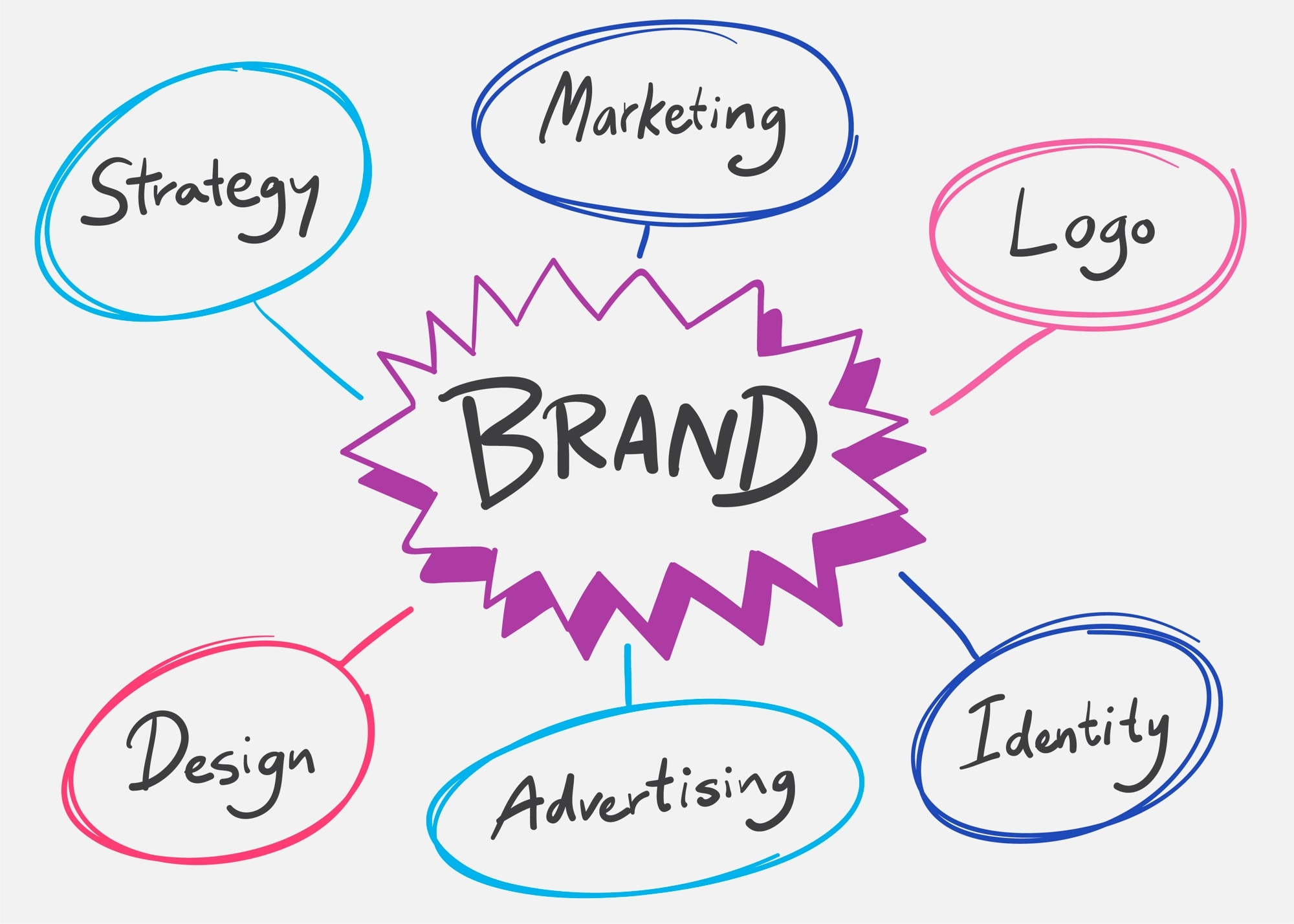In today’s competitive marketplace, building brand equity is not just a marketing goal—it’s a necessity for businesses that want to stand out and earn customer loyalty. Strong brand equity allows companies to command higher prices, foster brand trust, and maintain a competitive edge. From creating brand awareness to developing long-term brand value, the process of brand building is a continuous journey that demands consistent effort and strategic planning.
What is Brand Equity?
Brand equity refers to the perceived value a brand holds in the minds of customers. It’s not limited to a logo or tagline but extends to brand perception, emotional branding, customer loyalty, and brand associations. When customers have a positive experience with a brand, it leads to stronger connections, repeat purchases, and advocacy.
Importance of Building Brand Equity
Businesses with high brand equity enjoy multiple advantages:
- Customer Loyalty – Loyal customers are less likely to switch, even when competitors offer lower prices.
- Brand Trust – Trust is a cornerstone of buying decisions. A trusted brand earns repeat sales and recommendations.
- Emotional Branding – Emotional connections foster deeper relationships with customers, influencing long-term loyalty.
- Premium Pricing Power – Strong brand perception allows companies to charge more than generic alternatives.
- Long-Term Brand Value – Equity creates lasting value that contributes to overall business sustainability.
Key Elements of Brand Equity
1. Brand Awareness
The foundation of building brand equity starts with awareness. Consumers need to recognize and recall your brand easily. Effective use of advertising, social media campaigns, and storytelling helps ensure that your brand stands out.
2. Brand Perception
How customers perceive your brand influences their buying decisions. Positive perceptions come from delivering consistent quality, authentic messaging, and excellent customer experiences.
3. Customer Loyalty
Loyalty doesn’t happen overnight. Brands need to provide value consistently, respond to customer needs, and create personalized experiences. A strong loyalty base leads to word-of-mouth marketing, one of the most powerful drivers of growth.
4. Brand Trust
Trust is earned through transparency, ethical practices, and reliability. In an age where consumers are more informed than ever, building and maintaining trust is central to long-term success.
5. Brand Associations
When people hear your brand name, what comes to mind? These associations—whether related to quality, innovation, or customer service—determine how consumers view your brand in comparison to competitors.
6. Long-Term Brand Value
Sustainable equity translates into long-term value for the company. This value comes not just from financial performance but from customer relationships, brand positioning, and strategic brand management.
Strategies for Building Brand Equity
For building brand equity, businesses must take a strategic approach:
- Strategic Brand Management – Developing a clear vision, consistent messaging, and well-defined identity ensures long-term success.
- Brand Positioning Framework – Position your brand uniquely in the minds of customers. This involves differentiating your offerings and highlighting unique value propositions.
- Personal Branding Strategies – In today’s digital era, personal branding plays a big role. Leaders and influencers connected with the company help strengthen the brand image.
- Consistent Customer Experience – Every interaction should reflect the brand promise, from social media engagement to after-sales support.
- Emotional Branding Campaigns – Storytelling, values-driven messaging, and cause-related marketing build emotional bonds with customers.
Final Thoughts
Building brand equity is an ongoing journey that requires consistency, creativity, and a customer-first mindset. From establishing brand awareness to fostering trust and emotional connections, every effort contributes to stronger equity and long-term success. Companies that invest in brand building today secure a sustainable competitive advantage tomorrow.
By focusing on brand perception, customer loyalty, brand trust, emotional branding, and brand associations, businesses can create an enduring presence that drives not only sales but also meaningful relationships.
Read more for deeper learning :
Strategic Brand Management







Leave a Reply